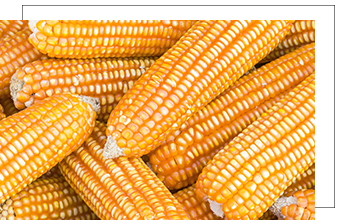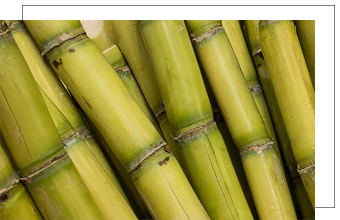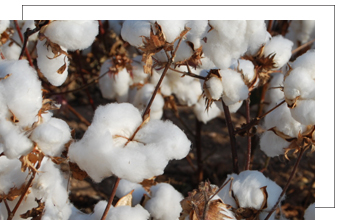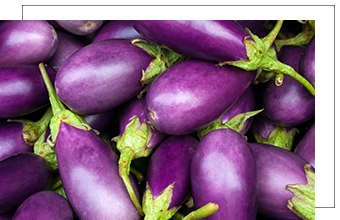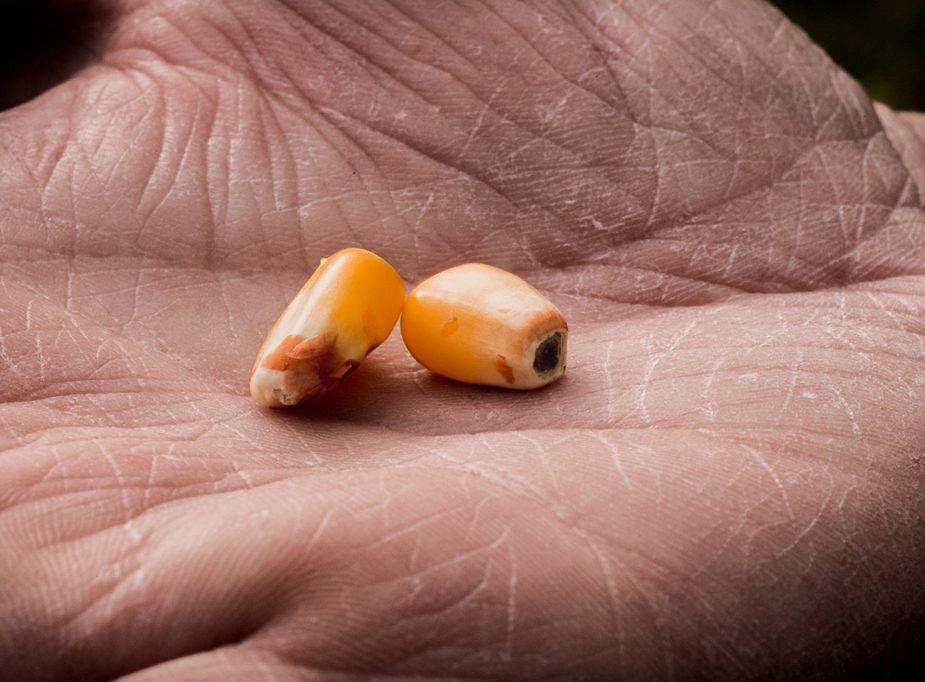
Much of the credit goes to the farmers themselves, who are charged with proper use of the product. As with any seed, it’s important to plant what is known as “refuge” when using Bt crops. This means a fixed percentage of every field is planted without the Bt biotech trait, to ensure some targeted insect pests survive, thus slowing the rate at which resistance to Bt occurs in those pests.


